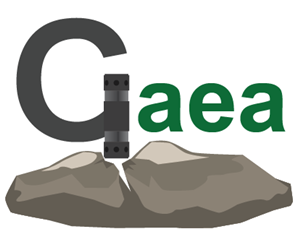According to the purpose of the drill bit
Related products Link:
Types and specifications of drill bits 1. A drill bit is a tool that rotates and has cutting ability at the tip. Generally, carbon steel SK, or high-speed steel SKH2, SKH3 and other materials are milled or rolled and then quenched, tempered and ground after heat treatment It is manufactured and used for drilling on metal or other materials. It has a wide range of applications and can be used on drill presses, lathes, milling machines, hand drills and other machine tools. 2. Types of drill bits A. Classified by structure
(1). Integral drill: drill top, drill body, and drill shank are integrally manufactured from the same material. (2). End-welded drill, the drill top is welded by carbide. B. Classification by drill beam ( 1). Straight shank drills: drills with a diameter below ψ 13.0mm, all use straight shanks. (2). Taper shank drills: the drill shank is tapered, and generally the taper is Morse taper. C. Classification by use (1 ). Center drill: generally used for centering before drilling, the front end cone has 60 °, 75 °, 90 °, etc., in order to support the tailstock during lathe operation, the 60 ° center drill and the lathe tailstock should be used. The top center is matched at 60 °. (2). Twist drill bit: the most widely used drill bit in industrial manufacturing, we generally use twist drill bit. (3). Super hard drill bit: The front end of the drill body or all of it is super hard It is made of hard alloy tool material and used for the drilling of processing materials. (4). Oil hole drill: The drill body has two small holes, through which the cutting agent reaches the cutting edge part to take away heat and chips , Use this drill to rotate the work while the drill is stationary (5). Deep hole drill: It was originally used for the drilling of barrels and stone-clad tubes, also known as barrel drills. The deep hole drill is a straight groove type, which cuts a quarter of the strong part in a round tube to produce cutting edge chip removal (6). Drill reamer: For mass production needs, its front end is a drill bit, and the back end is Reamers, the diameter of the drill bit and the diameter of the reamer are only the margin of the reaming hole. There are also drills that are used in combination with screw tapping, so they are also called hybrid drills. (7). Taper drills: When processing the mold inlet, it can be used Use taper drills. (8). Cylindrical hole drills: We call them countersunk milling cutters. The front end of this type of drill has a smaller diameter part called the track rod. (9). Tapered hole drills: for drilling conical holes The angle of the front end is 90 °, 60 °, etc. The chamfering tool we use is a kind of tapered hole drill. (10). Triangular drill: a drill used for electric drills, the drill shank is made into a triangle The surface, so that the chuck can secure the drill bit.





